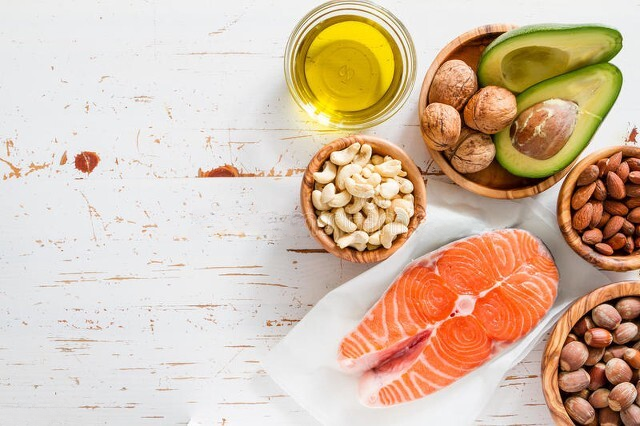6 practical tips to help you build muscle more effectively and boost muscle growth
How can you achieve clearer muscle definition in less time? 6 practical muscle-building tips to help you maximize muscle growth.

Guide 1: Don't Skip Leg Day
Many people tend to avoid leg day at the gym, but this is not a good practice. The legs account for 60% of your total body muscle mass. Skipping leg training will result in weak legs, causing a serious imbalance in your body proportions.
Maintaining a frequency of 1-2 leg workouts per week can effectively enhance lower body strength and explosiveness. It not only strengthens the lower body muscles, promotes testosterone secretion, but also improves the overall anabolic environment, helping you break through training plateaus.
For leg training, you can choose exercises like barbell squats, Bulgarian split squats, and Romanian deadlifts, performing 4 sets of 10-12 reps for each exercise. Be sure to warm up adequately before leg training to alleviate congestion and reduce delayed muscle soreness, which helps with muscle recovery.

Guide 2: Follow a Low-Fat, High-Protein Diet
For those aiming to build muscle, it's crucial to pay attention to your diet and avoid "dirty bulking" (high-calorie, unhealthy eating). Otherwise, while muscle growth occurs, fat will easily accumulate. You should focus on a low-fat, high-protein diet, aiming to consume 1.6-2 grams of protein per kilogram of body weight daily, which helps promote muscle synthesis and recovery.
Protein intake should be spread across multiple meals, with whole foods taking priority over supplements. High-protein sources include chicken breast, eggs, tofu, fish, and shrimp. Pair these with quality carbohydrates and high-fiber vegetables, and use low-oil, low-salt cooking methods to avoid excessive fat and calorie intake.

Guide 3: Control the Frequency of Cardio
Should those aiming to build muscle engage in cardio? The answer is yes. Moderate cardio can improve cardiovascular function, boosting stamina and allowing you to perform better during strength training sessions.
You can choose HIIT, jogging, jump rope, or playing sports as your cardio exercises. Keep each cardio session under 40 minutes, and progressively increase the intensity of your workouts. This approach will help you burn fat without losing muscle, contributing to better muscle definition.

Guide 4: Maintain Sufficient Sleep Duration
Building muscle requires a balance of diet, sleep, and training. Deep sleep is the golden period for the secretion of growth hormones and muscle synthesis. If your sleep quality is poor or you sleep less than 7 hours, muscle growth will slow down, and your muscle-building cycle will take longer.
It is recommended to go to bed before 11 PM. Soaking your feet or doing some stretches before bed can promote blood circulation and help you fall asleep. Also, avoid using your phone before sleep and keep your environment dark to improve sleep quality, which will help accelerate muscle growth.

Guide 5: Progressive Overload Training
To achieve further muscle growth, the intensity of your workouts must not remain the same. If the muscles adapt to the current intensity, they will no longer grow, and your fitness progress will plateau.
It is recommended to increase the weight by 1.25-2.5kg (the smallest increment for weight plates) for the same exercise each week, or add one more set with the same weight every two weeks (e.g., from 3 sets to 4 sets). You can also shorten the rest time between sets to give your muscles a better pump and stimulate further growth.

Guide 6: Drink More Warm Water
Muscle tissue is made up of 70% water, so to improve muscle synthesis efficiency, it's important to stay well-hydrated. Proper hydration promotes blood circulation, aids metabolism, and helps with the breakdown of lactic acid.
It is recommended to drink at least 1.5 liters of water daily, along with 1-2 cups of tea. Spread your water intake throughout the day for optimal results.
